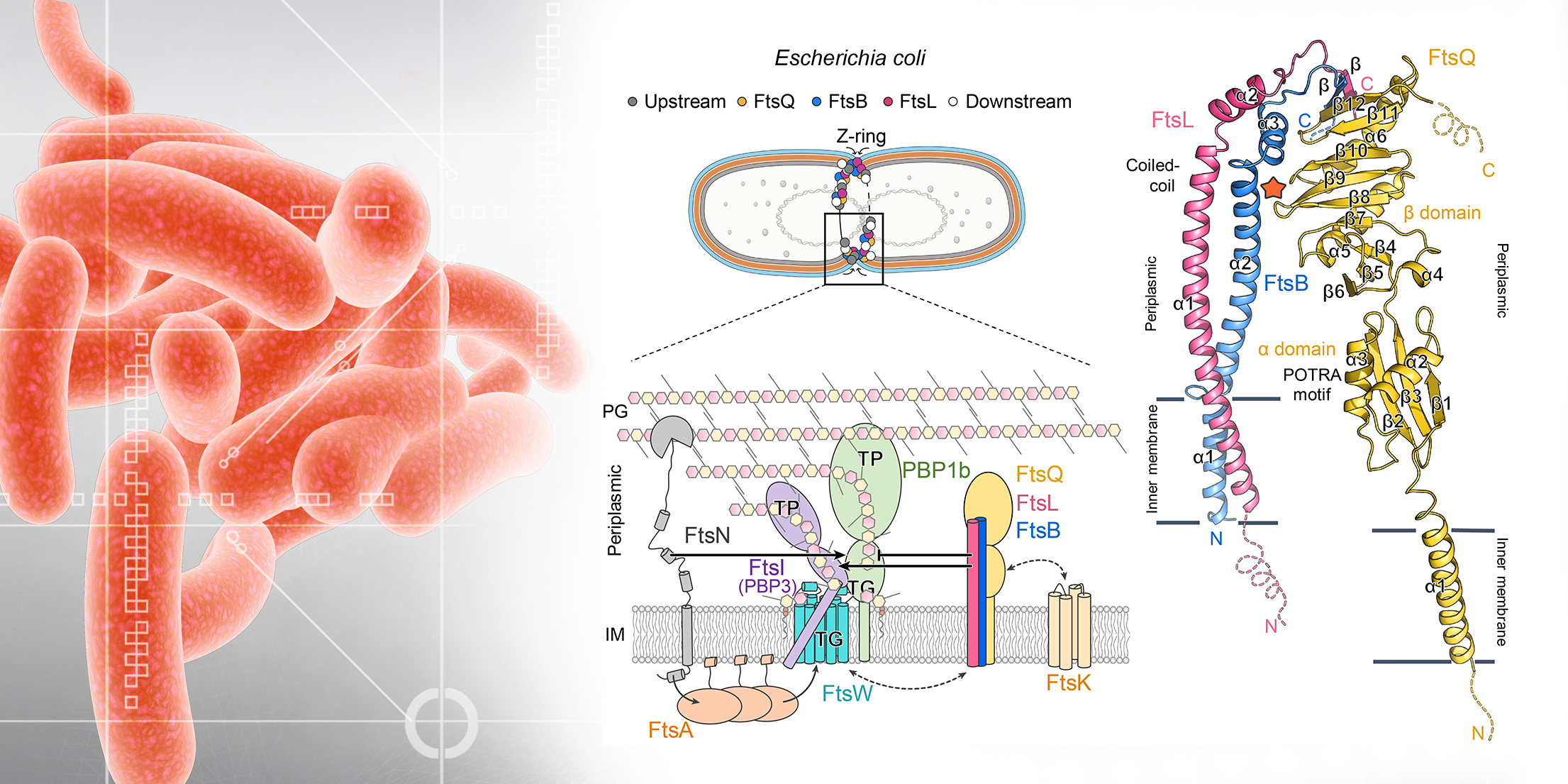Serum soluble programmed death-1 levels predict the spontaneous HBeAg seroclearance in chronic hepatitis B

Hwai-I Yang, Chien-Jen Chen
Journal of Gastroenterology
April 22, 2022
Background and aims: In chronic hepatitis B virus (HBV) infection, earlier seroclearance of hepatitis B e antigen (HBeAg) is associated with more favorable outcomes. Soluble programmed cell death 1 (sPD-1) has been implicated in higher viral load and hepatocellular carcinoma. We investigated the association between sPD-1 levels and spontaneous HBeAg seroclearance.
Methods: Baseline serum samples from 488 HBeAg-seropositive patients in the REVEAL-HBV cohort were tested for sPD-1 levels. Among them, 329 with available follow-up serum samples were further assayed. Multivariate Cox regression analysis was used to estimate the adjusted rate ratio (aRR) and 95% confidence interval (CI) with adjustment of host and viral factors. The 66th percentile and an annual reduction of ≥ 10% were used as the cut-off point for baseline sPD-1 levels (high/low) and sPD-1 trajectory (decline/no decline), respectively.
Results: Lower baseline sPD-1 levels [aRR (95% CI): 2.19 (1.47-3.27)] and long-term decline in sPD-1 levels [aRR (95% CI): 4.08 (2.79-5.97)] were both independent predictors for HBeAg seroclearance. However, further stratification analysis by HBV genotype showed that lower baseline sPD-1 levels were significantly associated with HBeAg seroclearance only in genotype C infection [aRR (95% CI): 4.47 (2.38-8.37)] but not in genotype B infection. On the other hand, long-term decline in sPD-1 levels was predictive for HBeAg seroclearance regardless of HBV genotype with aRR (95% CI) of 4.62 (2.71-7.88) and 2.95 (1.68-5.17), respectively, for genotypes B and C.
Conclusion: Serum sPD-1 levels may serve as a novel immunological predictor for spontaneous HBeAg seroclearance in patients with chronic hepatitis B.




